Fried jjondeugi (쫀드기), Apollo candy straws, and chocolate geobug-al (거북알)—memories of Korea’s 문방구 (munbang-gu) transport many to childhoods spent in aisles filled with cheap snacks and colorful school supplies. These humble shops weren’t just stores but cultural landmarks of Korean school life. Today, however, they face a quiet disappearance.
Munbang-gus, retro-age stationery shops, served as staples near schools during the 20th century. They often stocked supplies, trendy stickers, and small toys that enticed younger students with their cheap prices. “They were places of joy for children. If you forgot a supply, you ran to the munbang-gu to get it. If you saved up some pocket money, you ran to the munbang-gu to buy snacks and toys there. It was a part of every student’s life,” said Kwak Myeong-suk, the owner of Guk-mi Munbang-gu.

Kwak recounts the store’s rich history and fond memories of the past. “We opened in 1985, a time when schoolyards were always bustling with children. Back then, nearly every neighborhood had a munbang-gu – there were sometimes even multiple near the same school. Kids lined up after school to buy cute erasers, ddakjis, and snacks. It was a very busy time but I always like talking to the children, so it was enjoyable, ” she said.
For many teenagers today, munbang-gus evoke a deep sense of nostalgia. “Munbang-gus are very nostalgic for me because I used to go often while attending a Korean elementary school. They always gave discounts on school supplies and free extra snacks if I bought some. They told us which school supplies we needed, like coloring pencils or clay, for the upcoming week in case we forgot. It almost felt like a physical Google Classroom for us. I miss the experience a lot,” junior William Seok said.
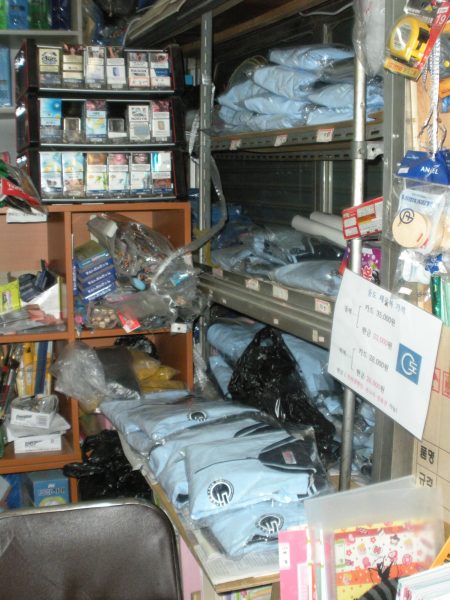
Recently, Korea’s low birth rate devastated student-centered businesses like munbang-gus, with projections predicting record-breaking lows in elementary school student numbers by 2026. With fewer children enrolled in schools, the demand for school supplies and toys saw a sharp decrease. “Back in the 1990s, there was never a day I wasn’t busy. I’d see nearly a hundred kids coming in every week. Now, I might see one or two after school if it’s a lucky day. So nowadays, I close the shop earlier than I did before, ” Kwak said.
The rise of online marketplaces and larger stationery chains also plays a significant role. Digital apps such as Coupang offer cheaper prices and greater convenience while competitors such as Artbox hook students with trendy products and a larger selection. “Why would parents come here for a pencil case or notebooks when they can just take their phone out and buy many online? For kids, bigger and newer shops have more snacks they like and cooler products. It’s hard to find kids that still want the old-fashioned things,” Kwak said.
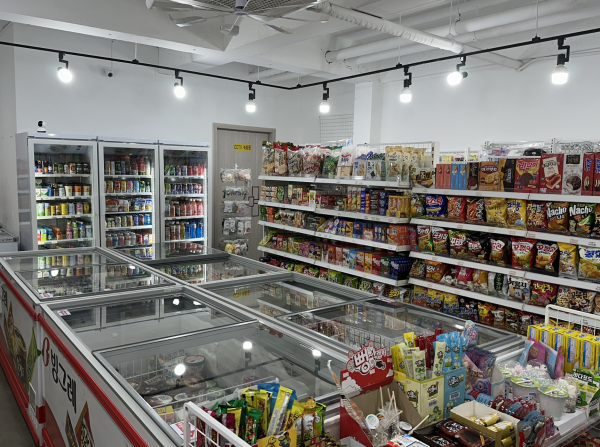
While nostalgic for many, the retro stationery stores hold no sentimental value and simply appear outdated to younger generations. “We really don’t need munbang-gus. Convenience stores are better because they have more yummy snacks, and my mom buys the things I need. I went a couple times with friends because it was in front of my school but I didn’t buy anything,” said Dong-do Elementary’s Junmin Park in third grade.
A simple question remains: is the disappearance of the munbang-gu a natural price to pay for greater convenience? As Korean society further develops, munbang-gus may never return to their golden age. But for the time being, they still serve as charming, memory-laden shops for many generations. Perhaps within all the cheap plastic toys and junk food lies a simpler joy – a reminder of our childhood innocence and happy memories.
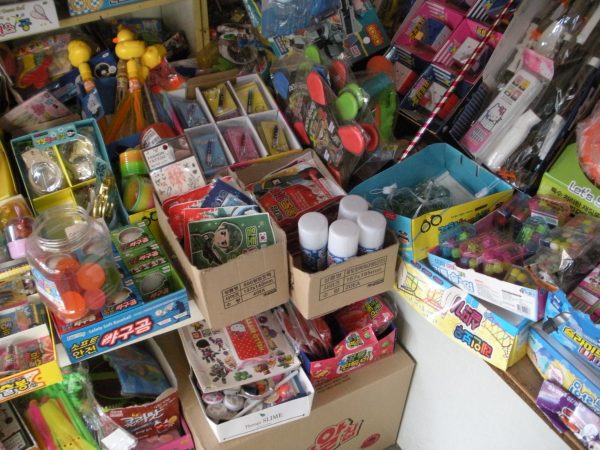

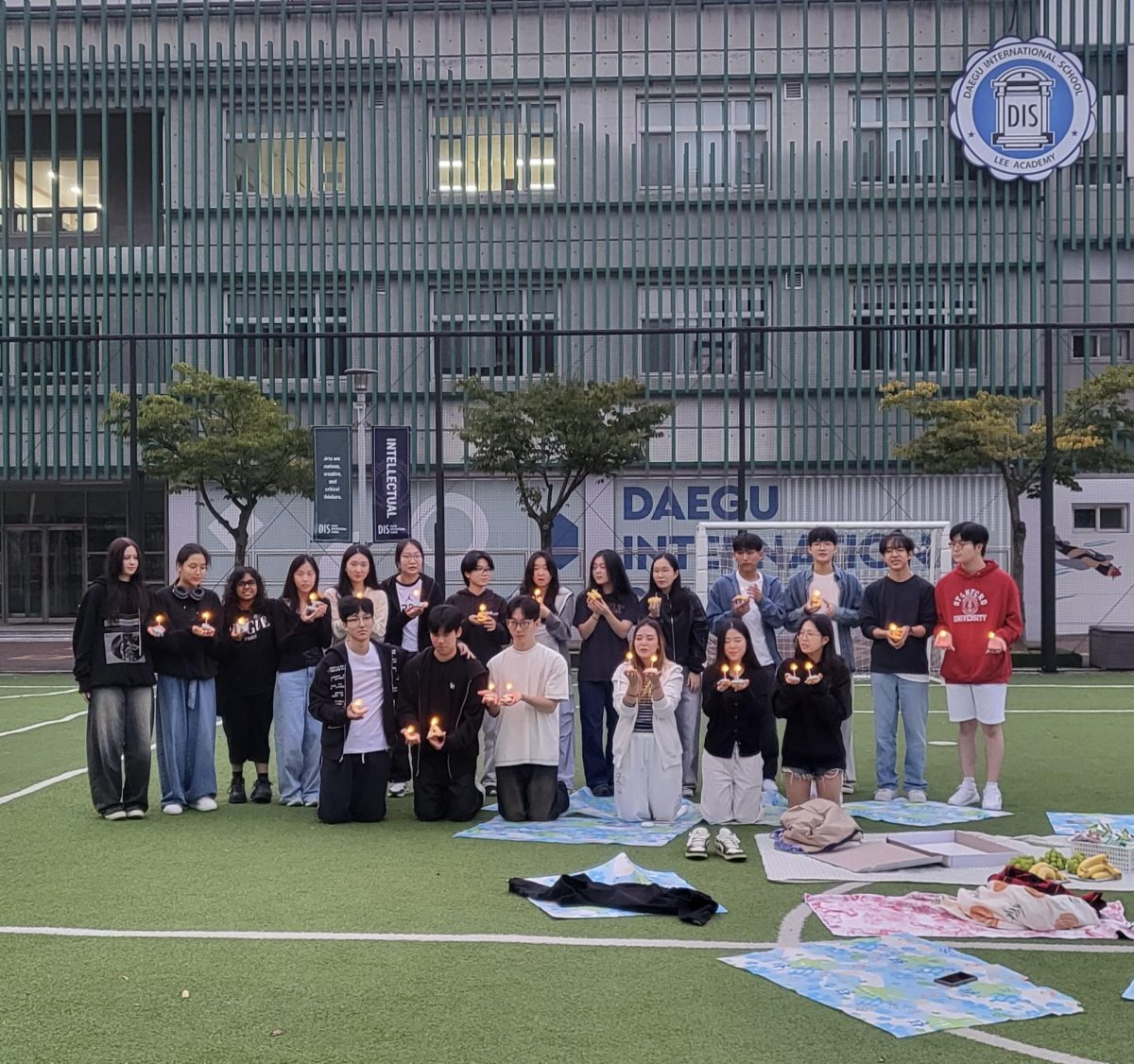


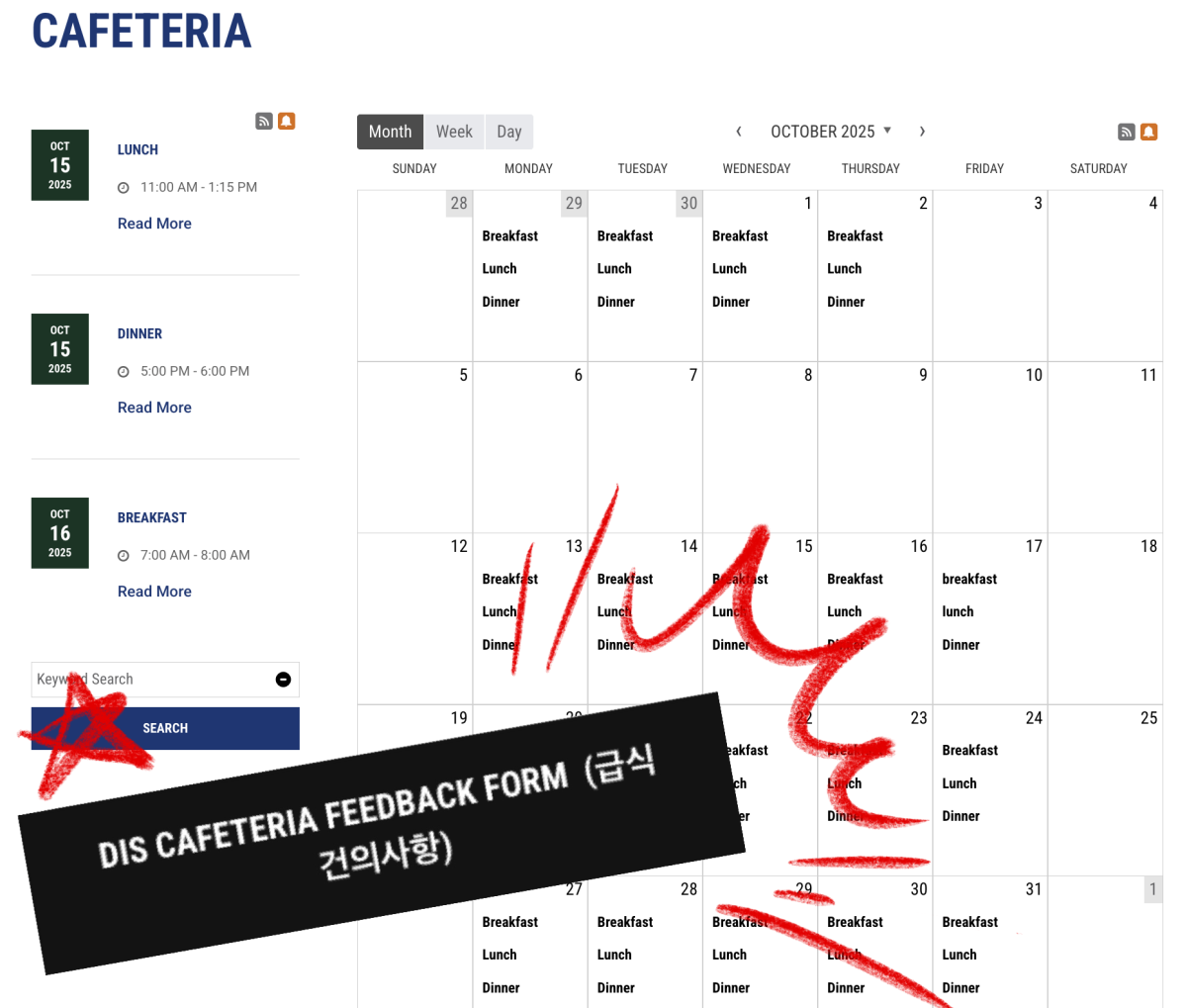
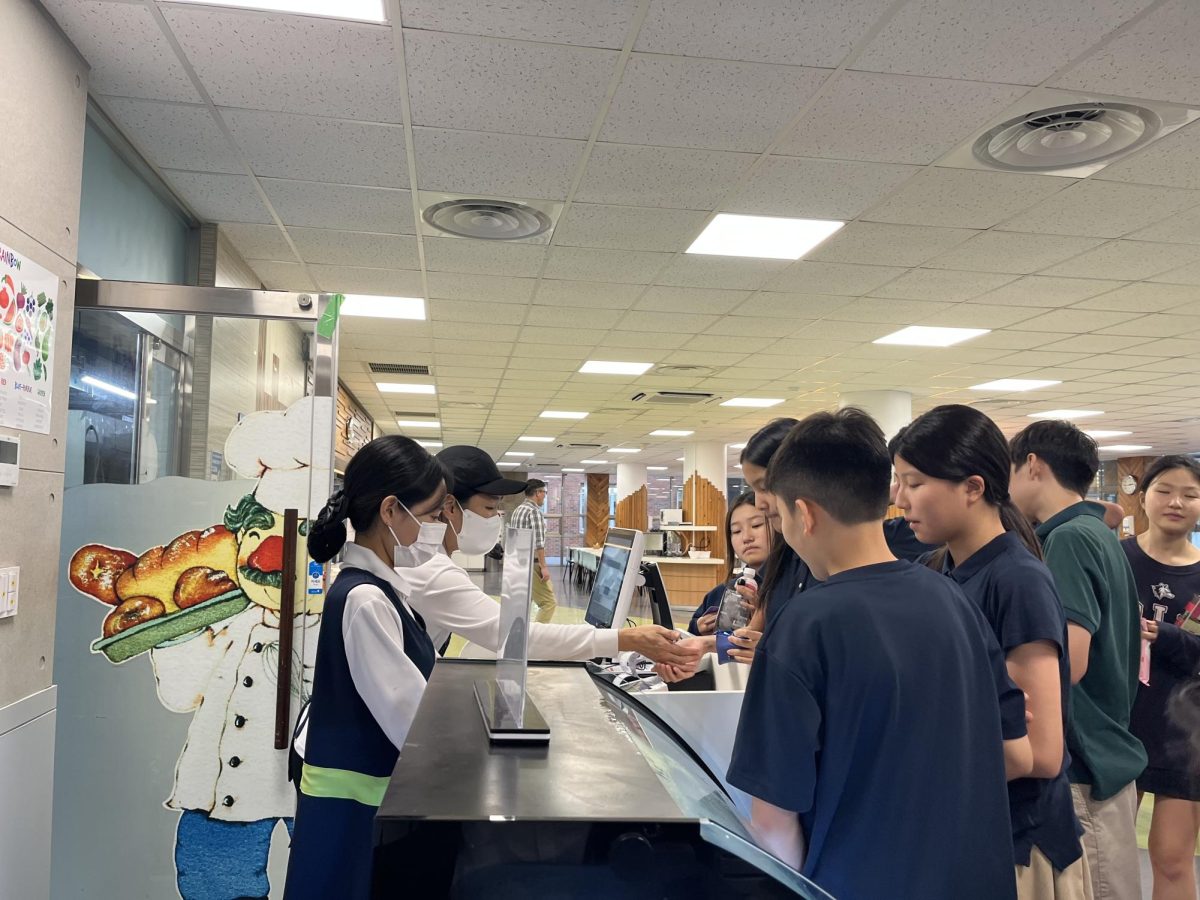

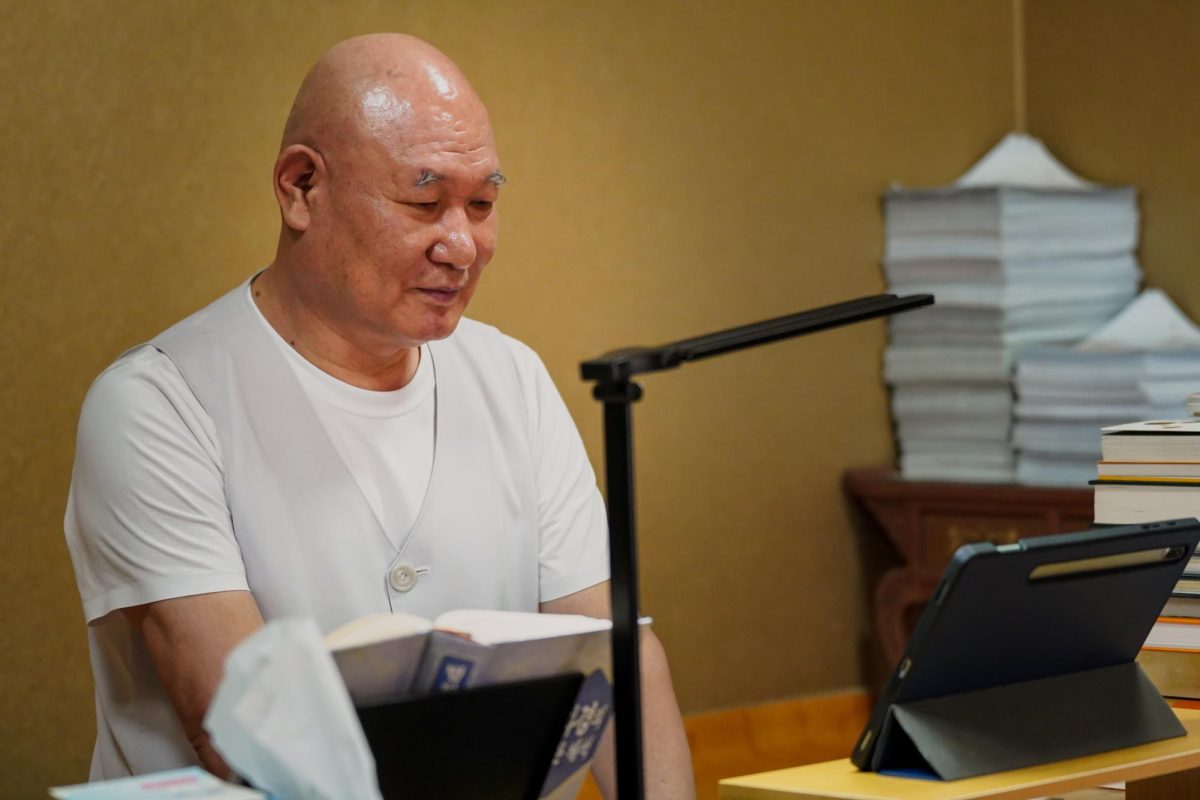
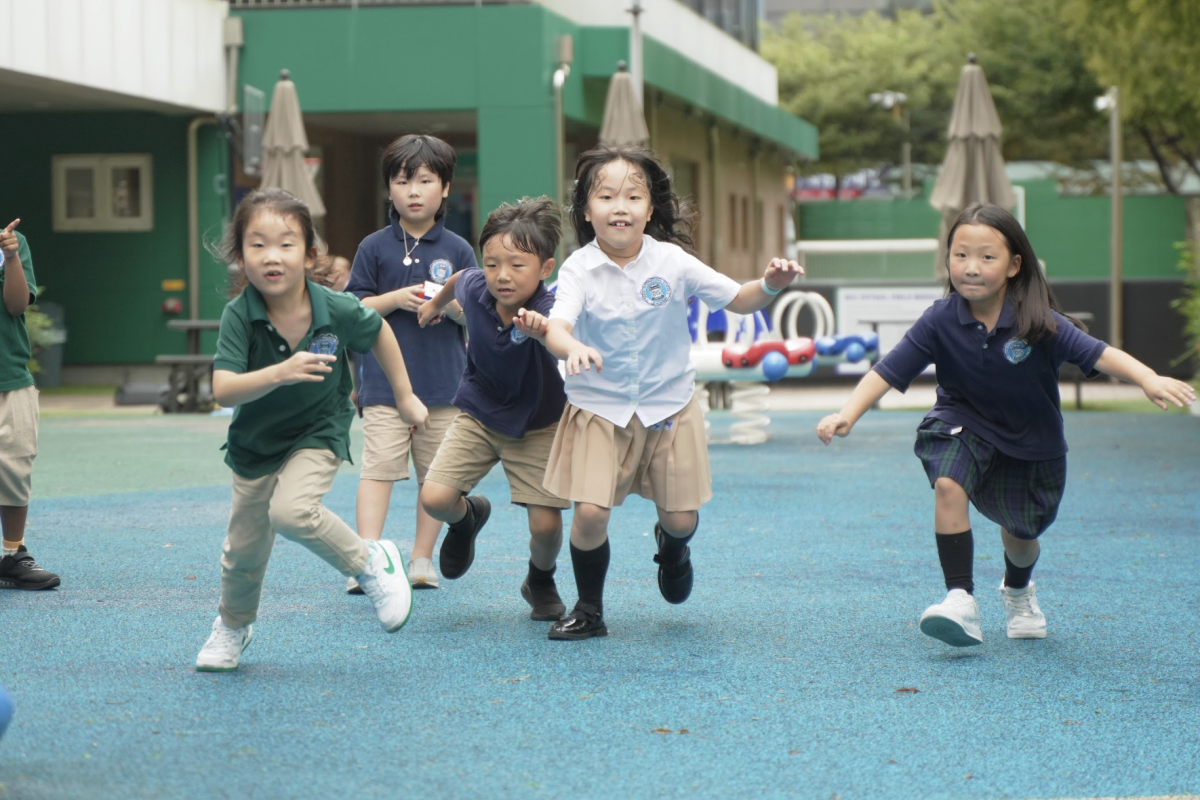


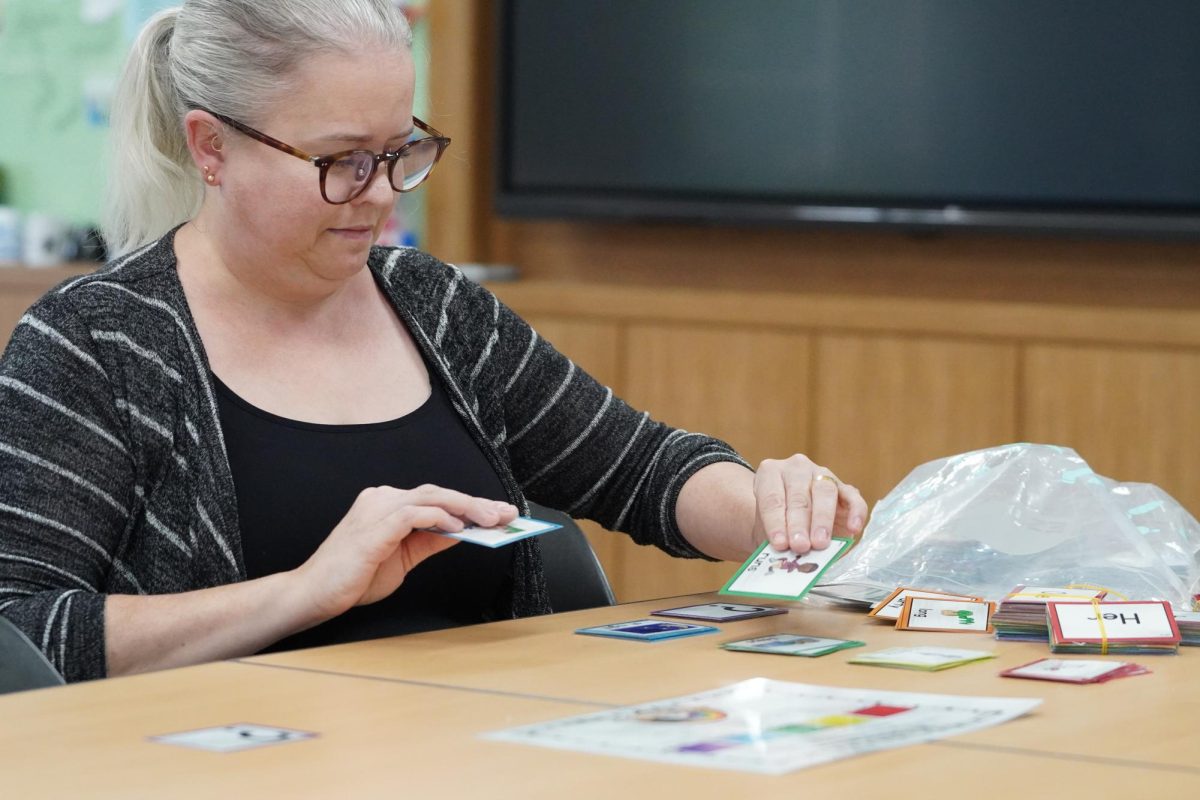

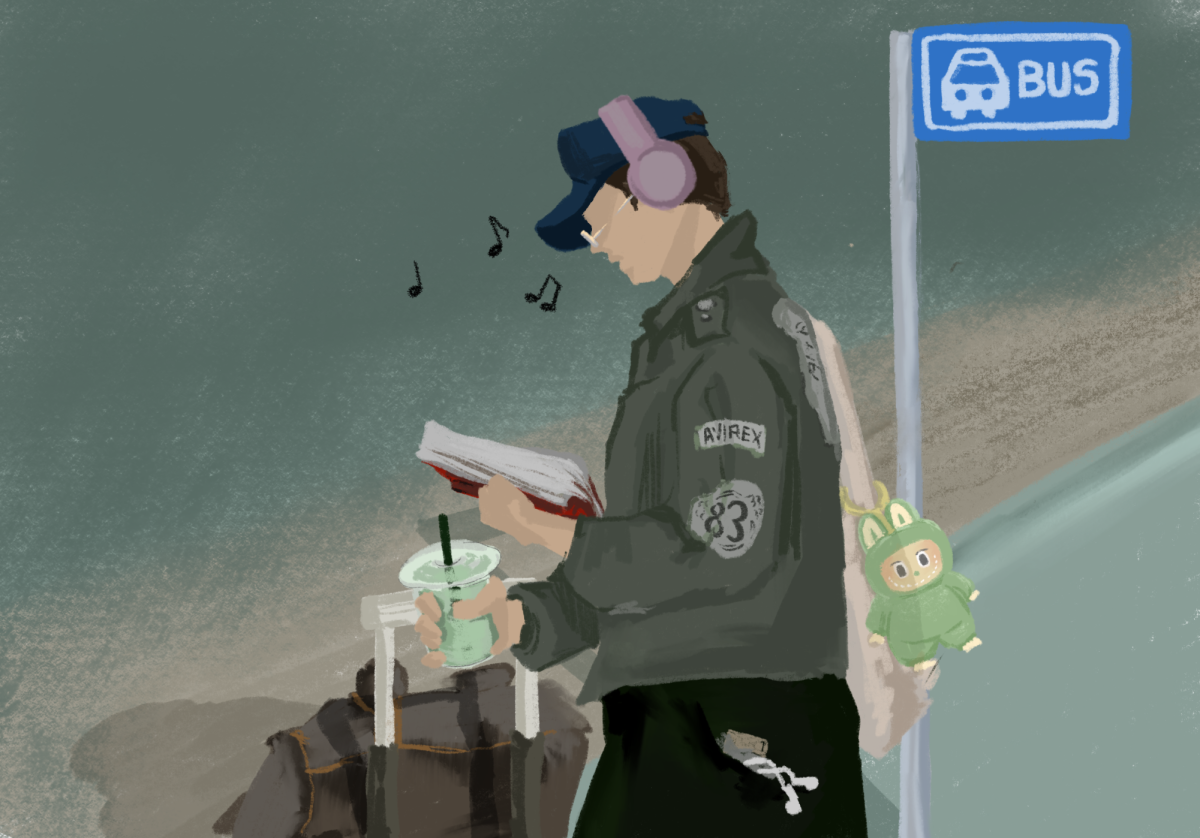

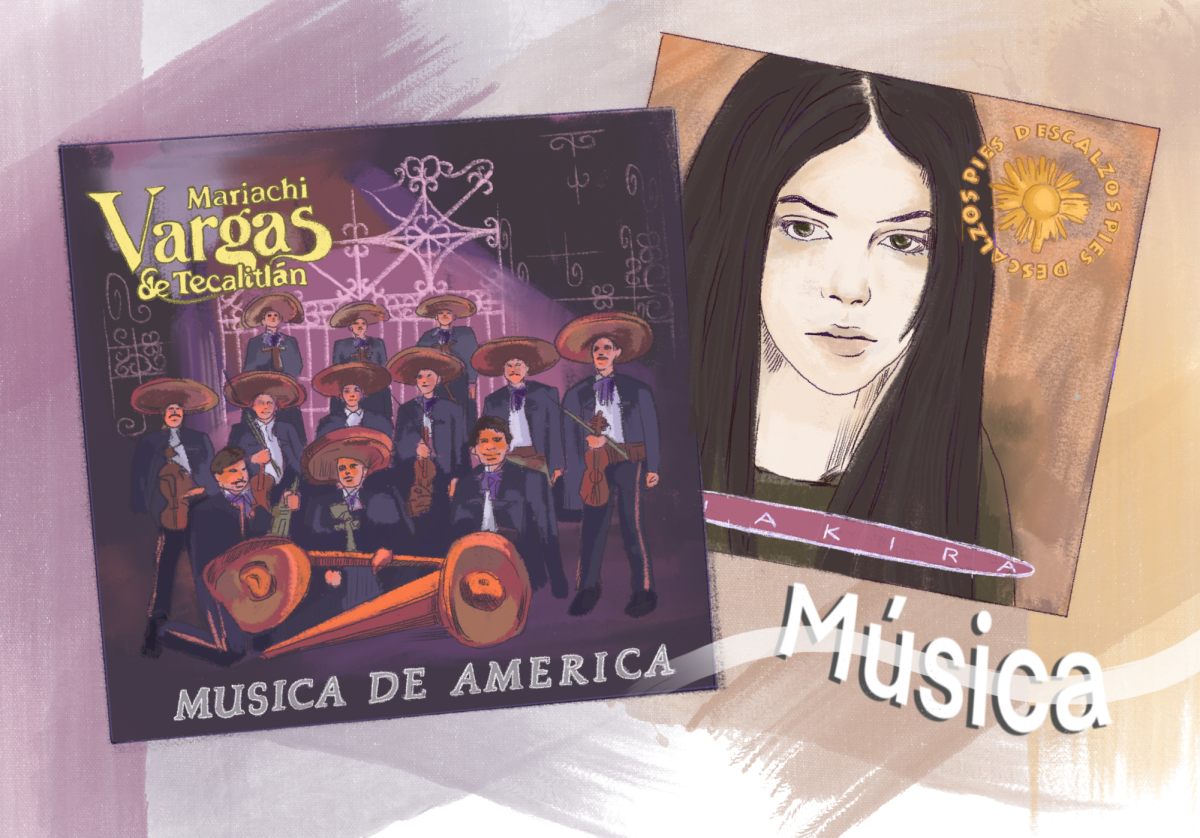
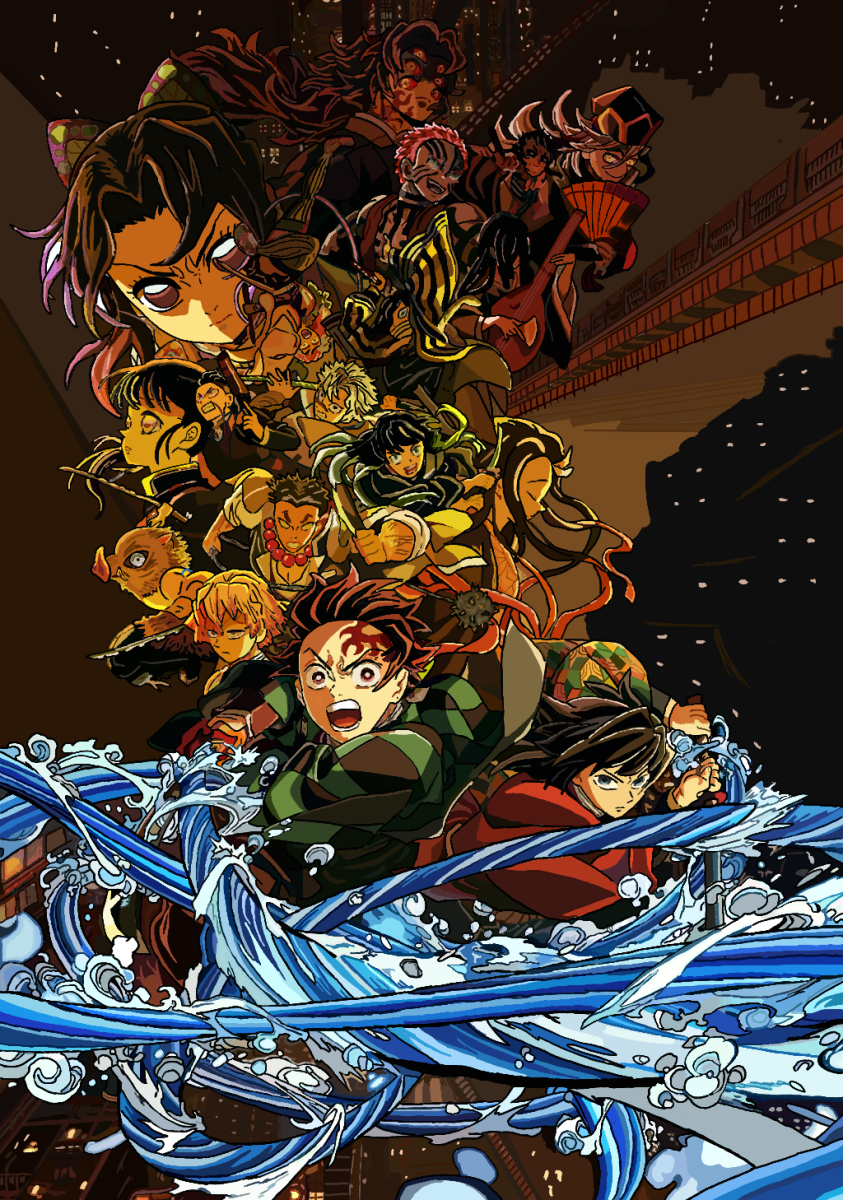
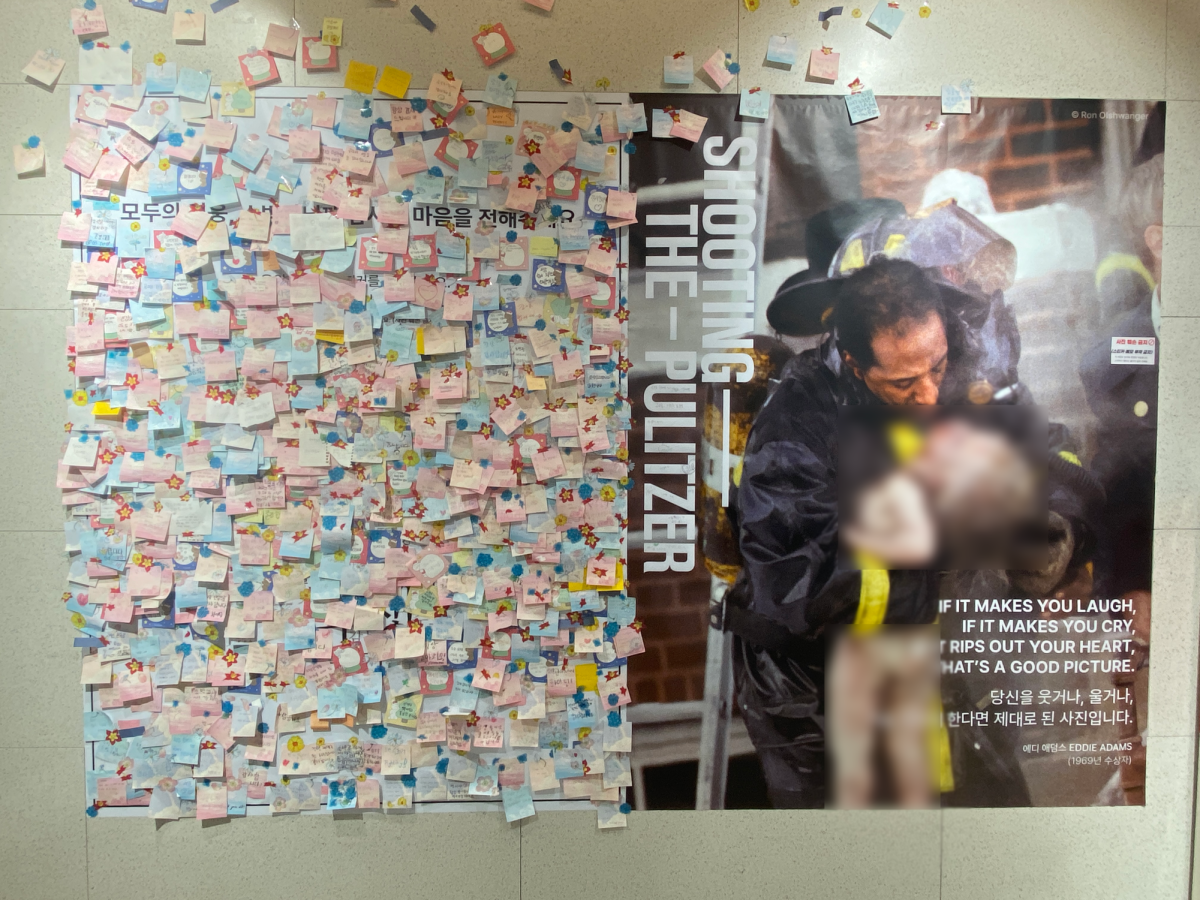

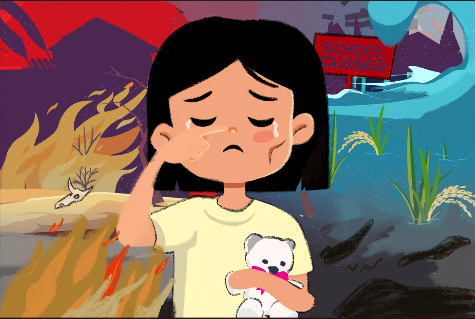



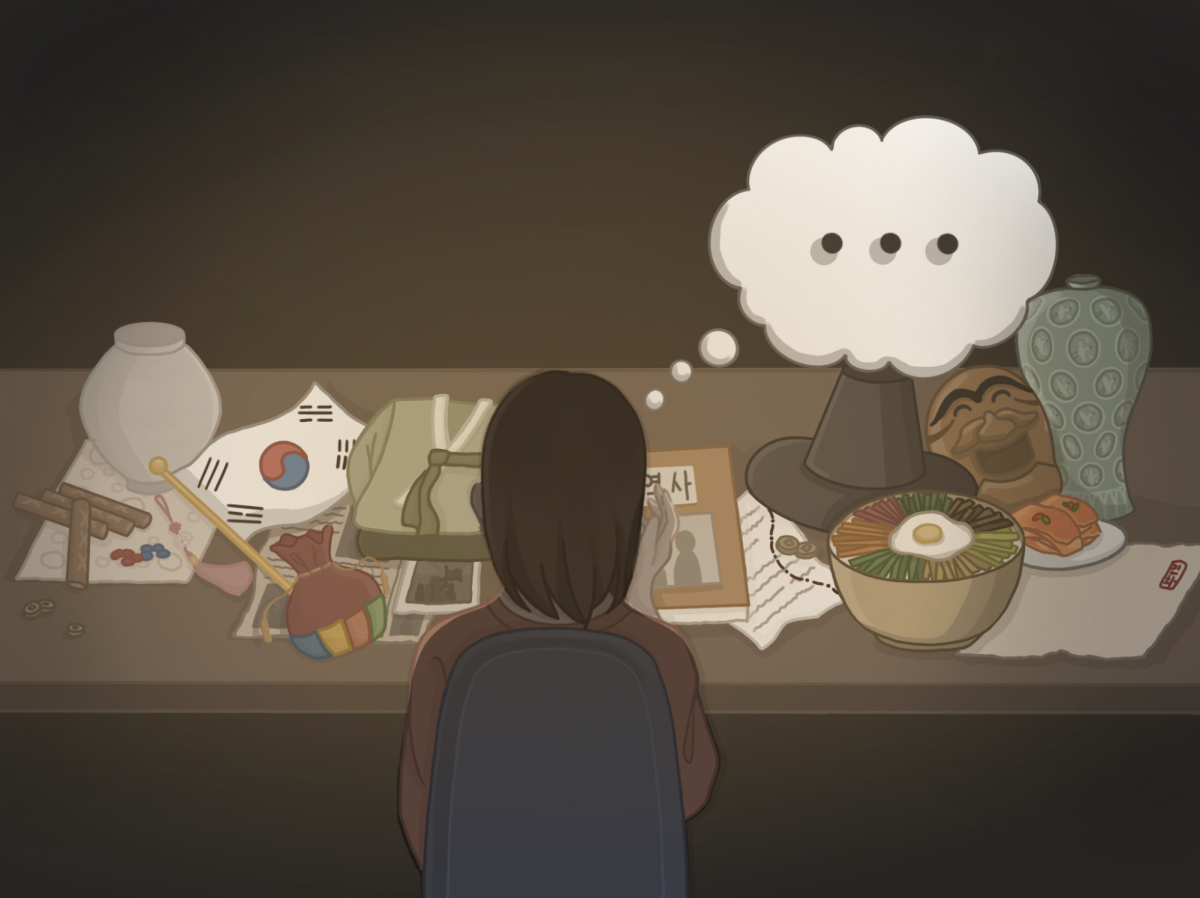
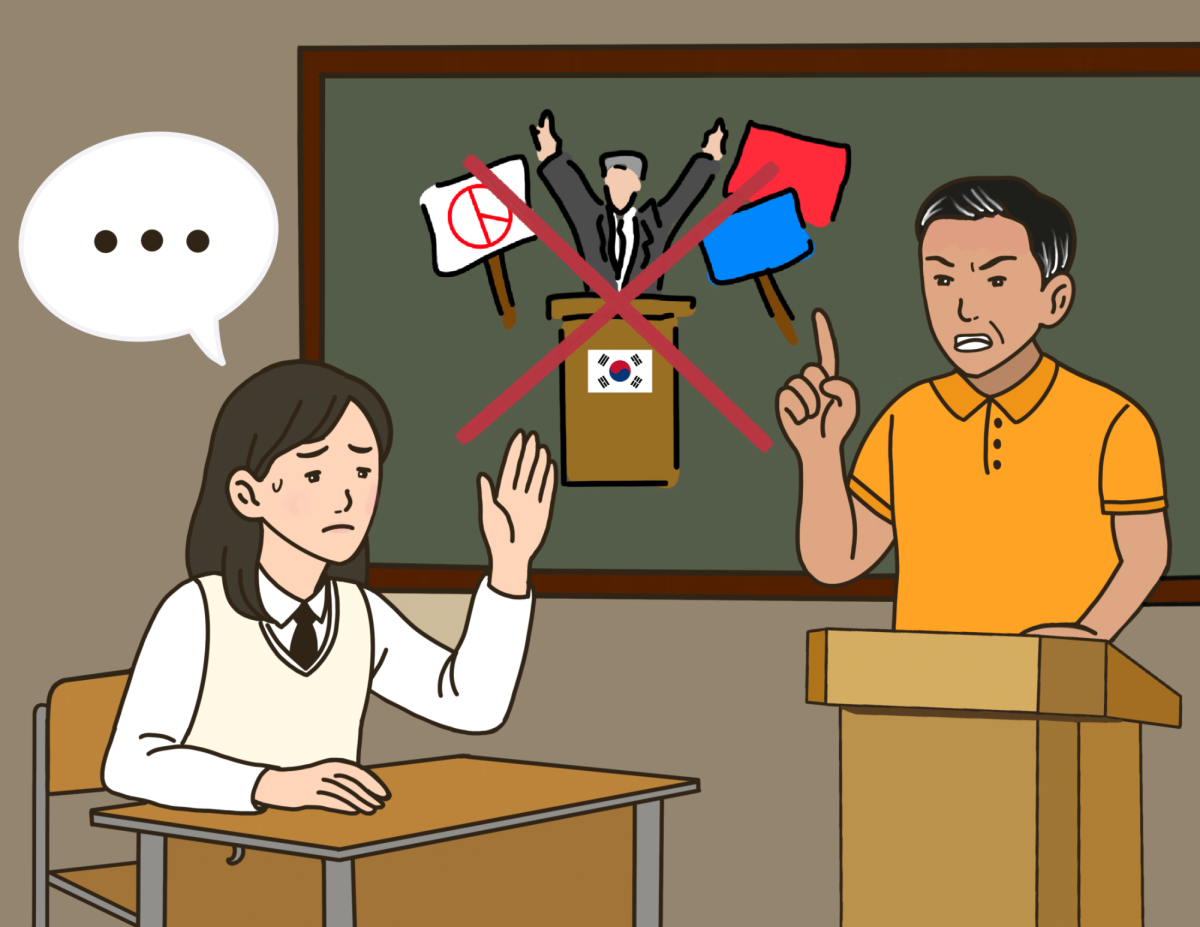

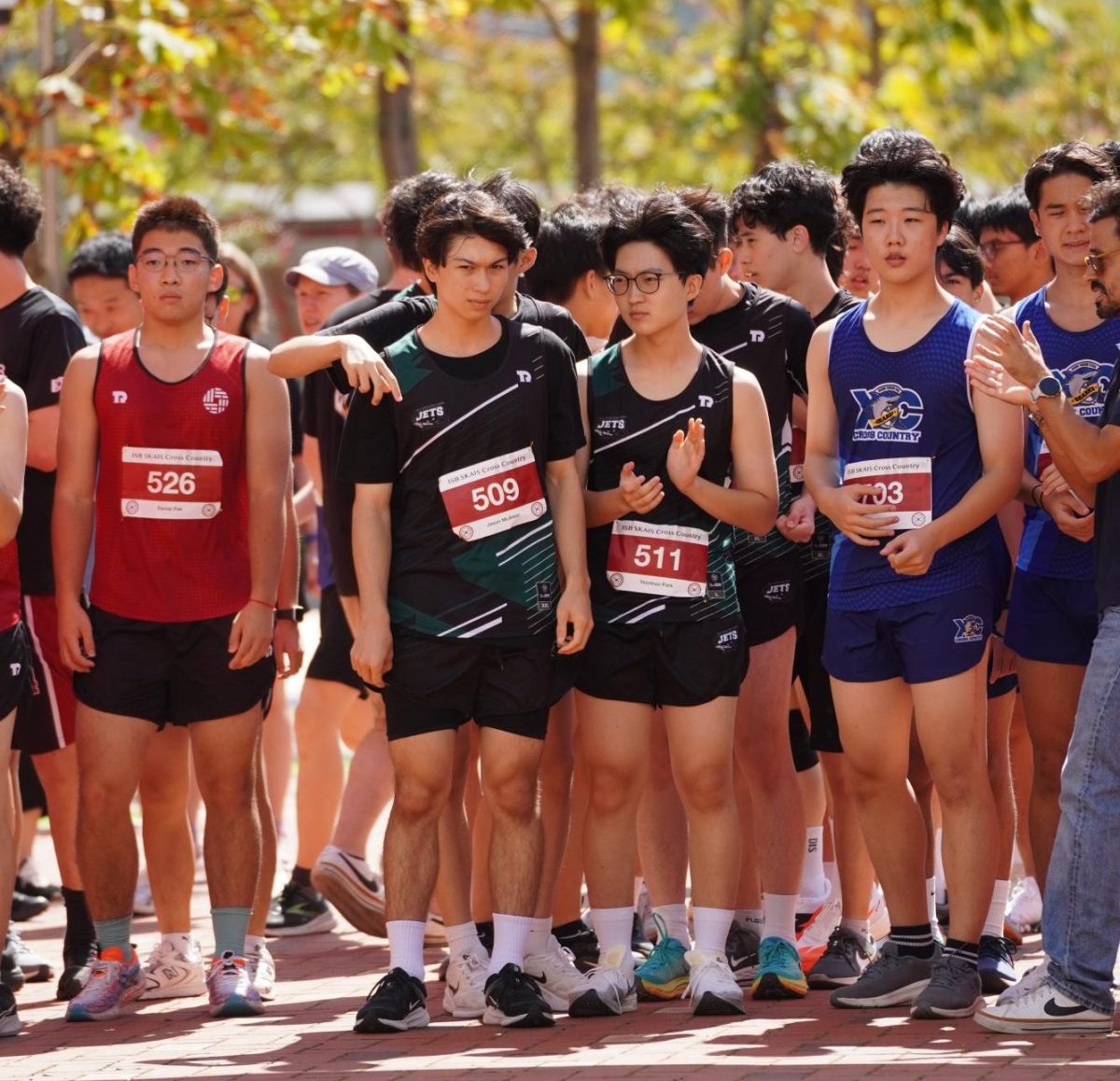





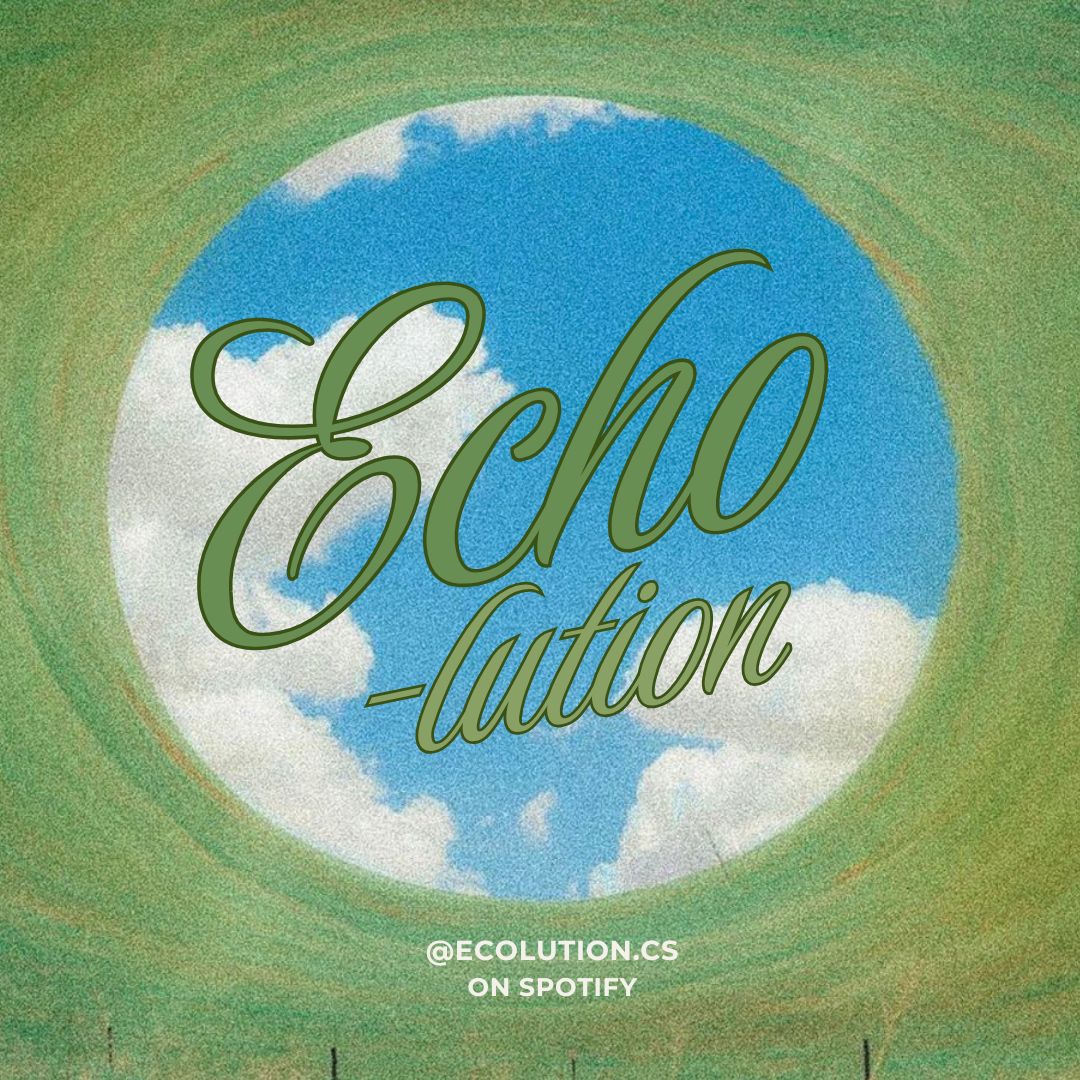


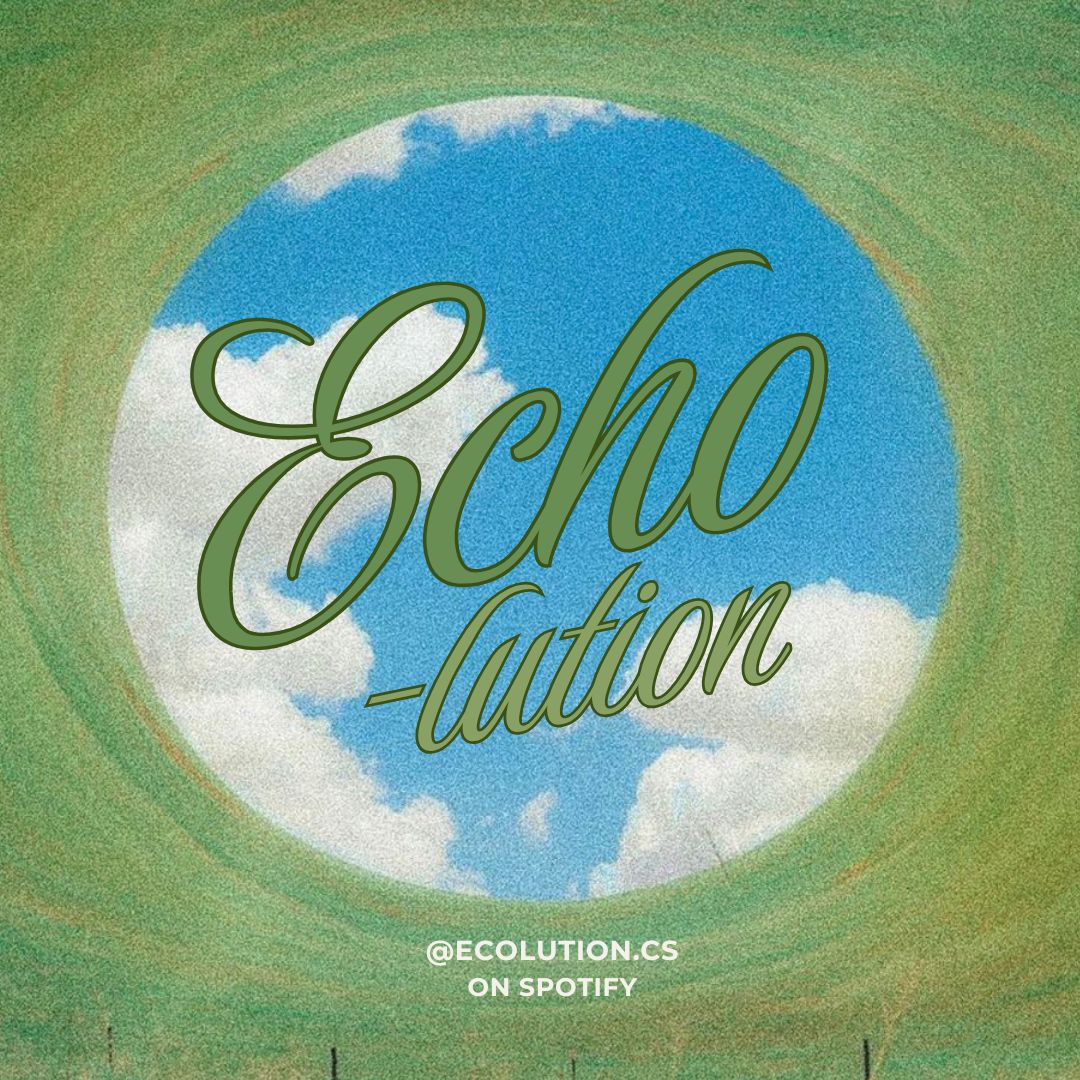
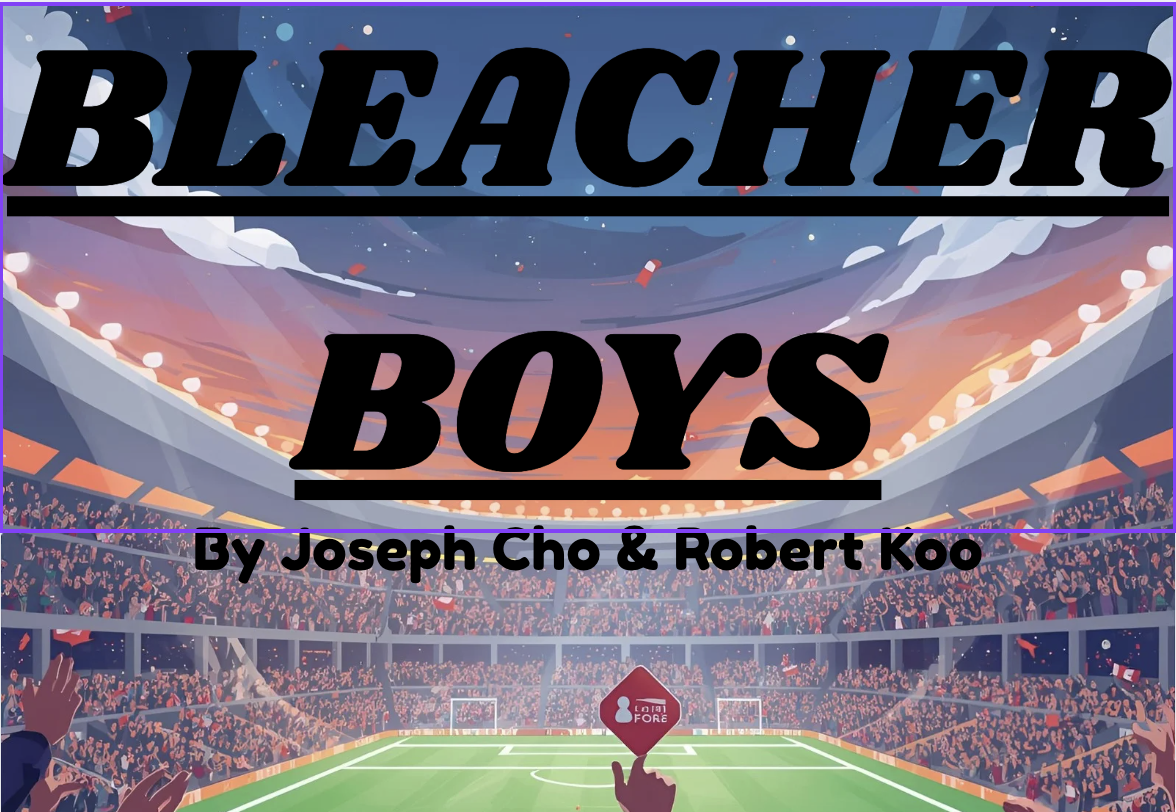

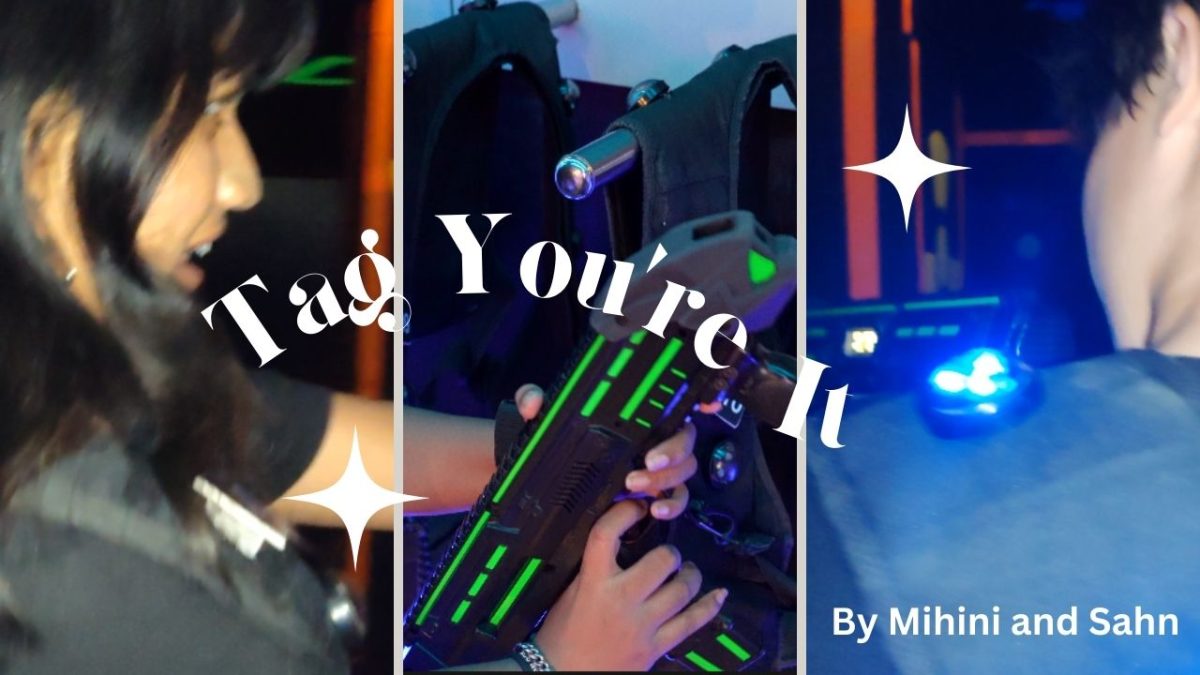
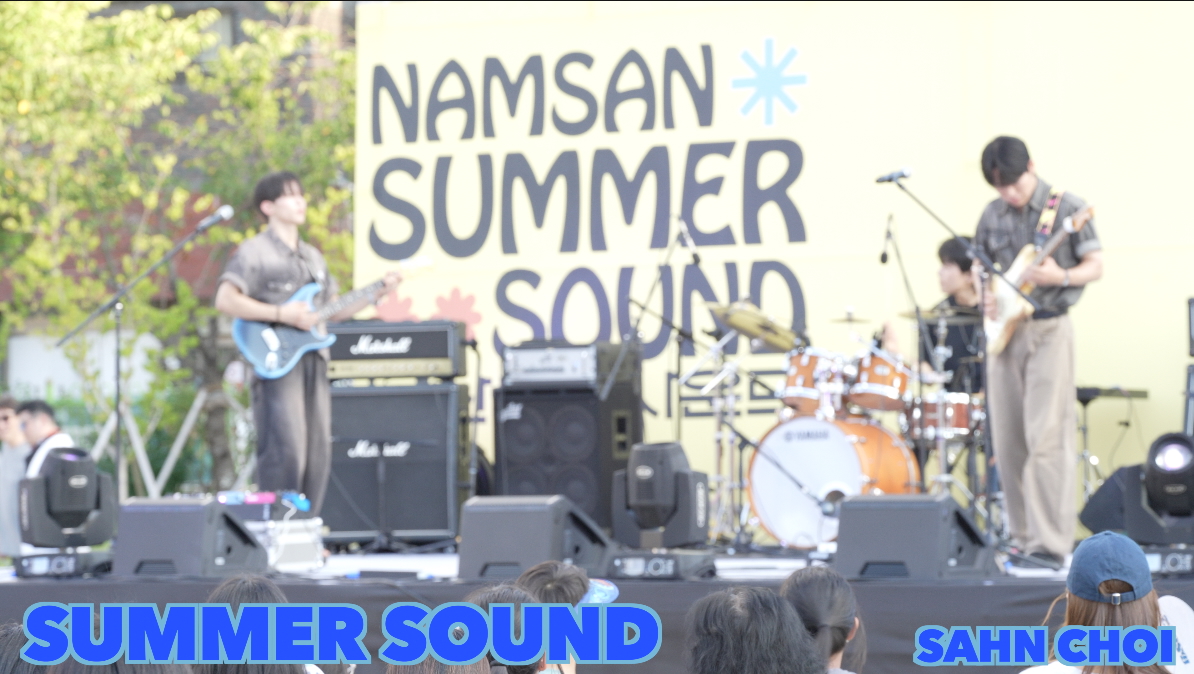
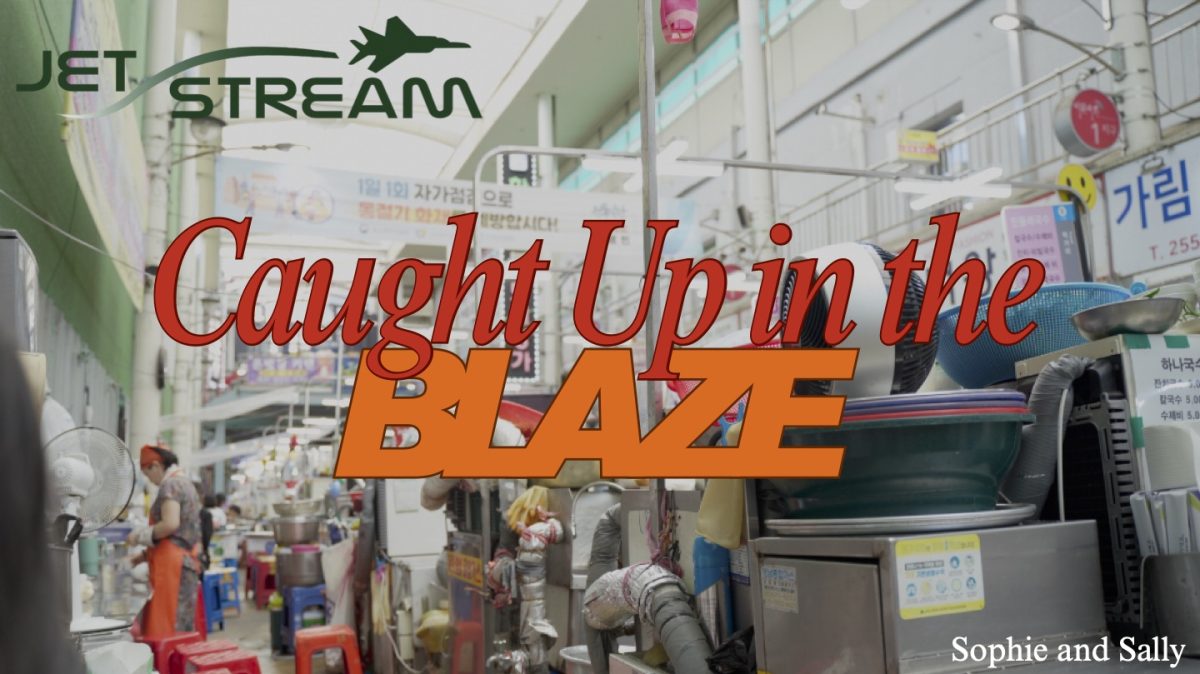

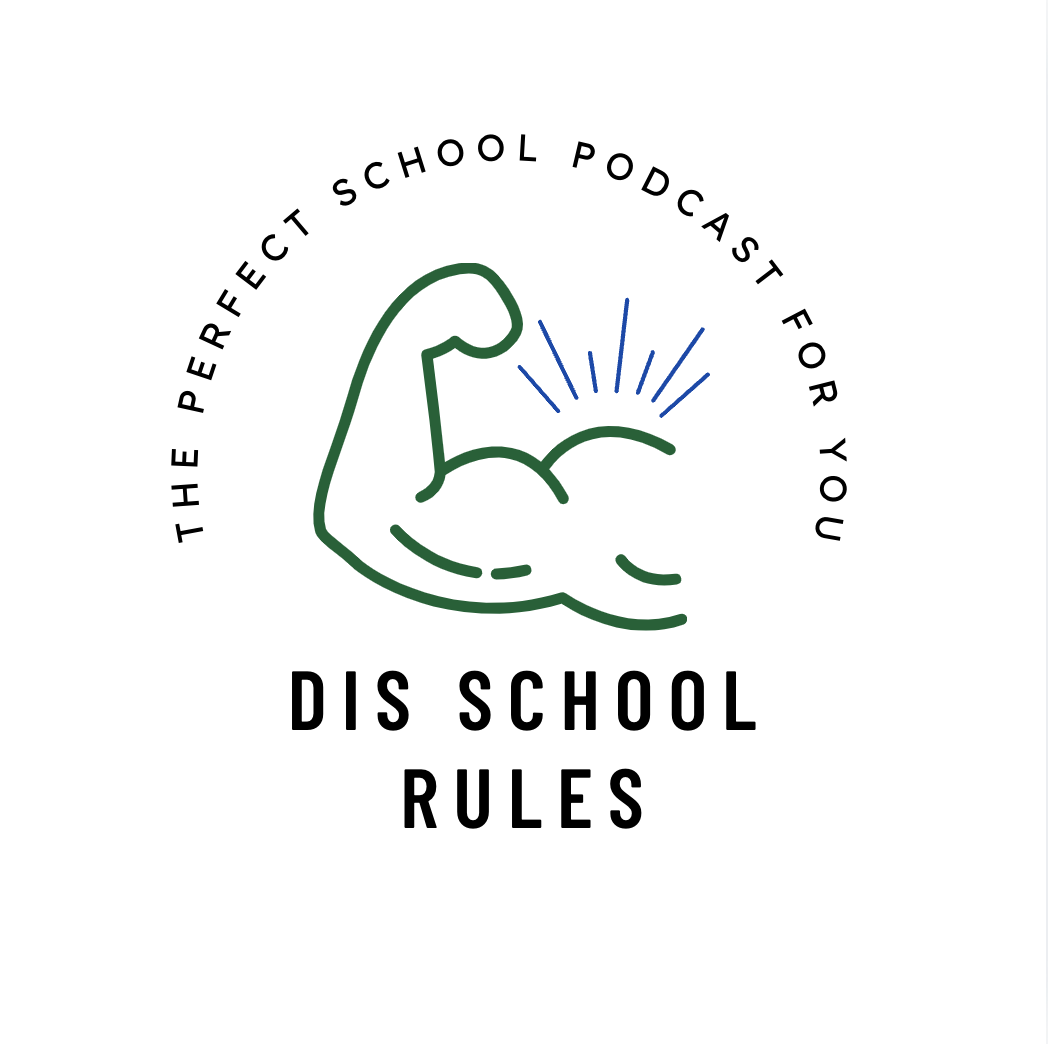

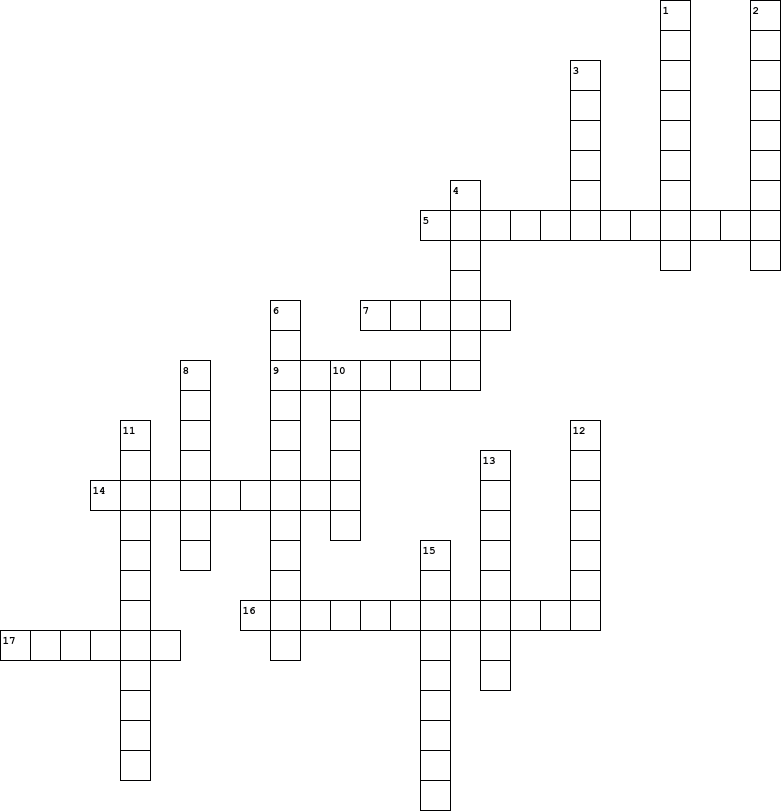
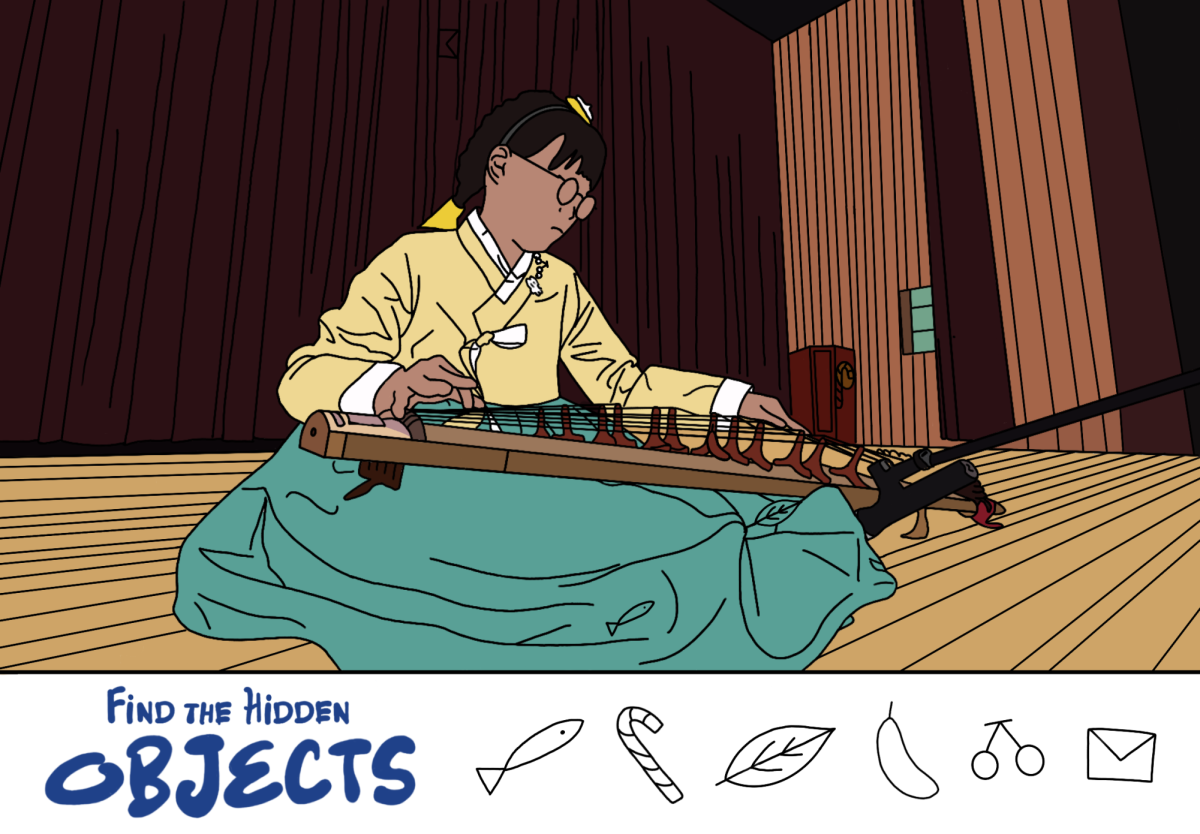

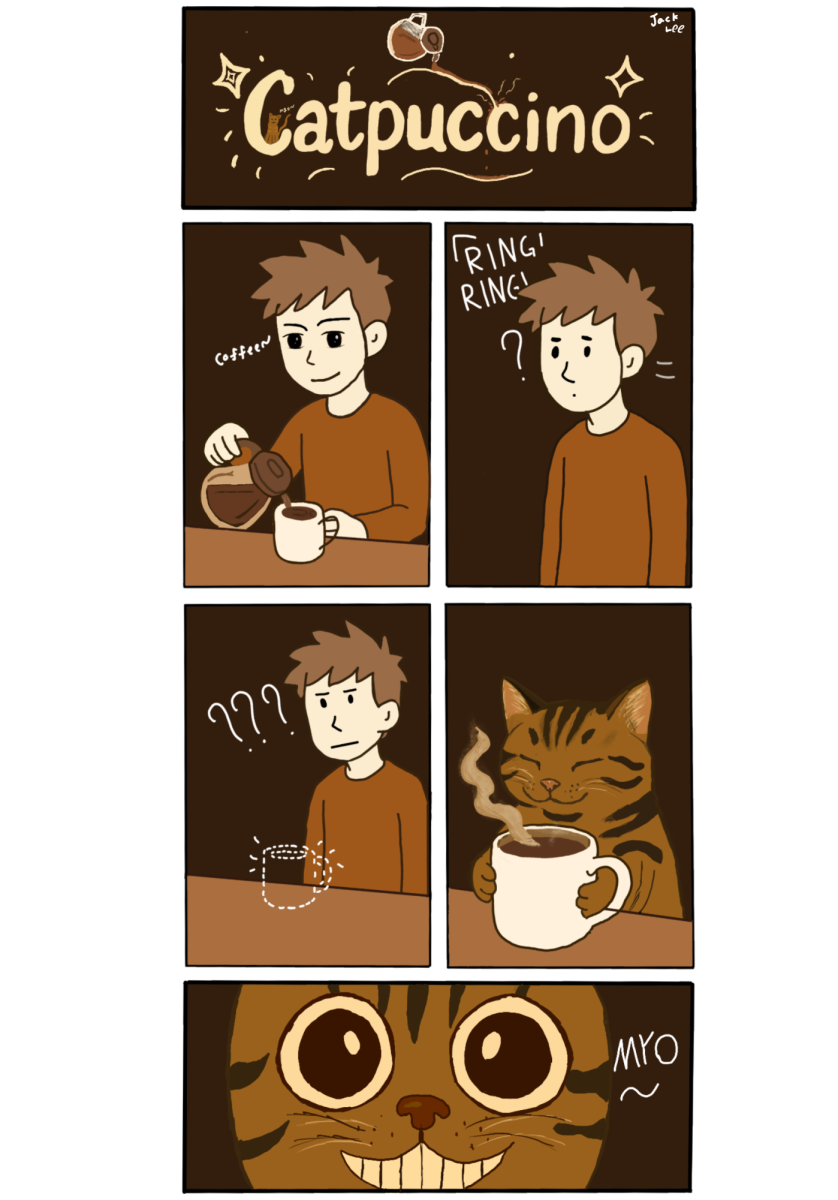
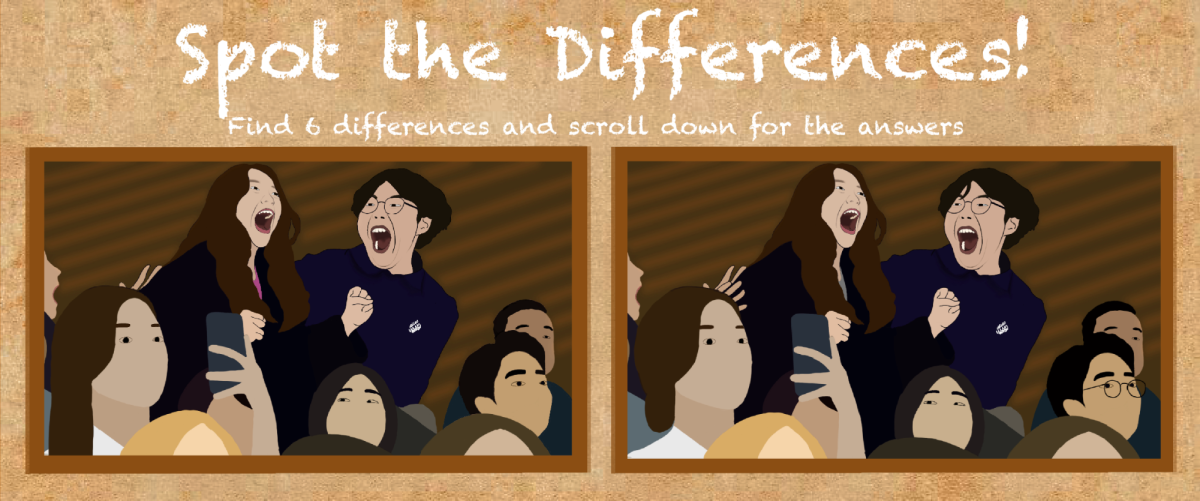


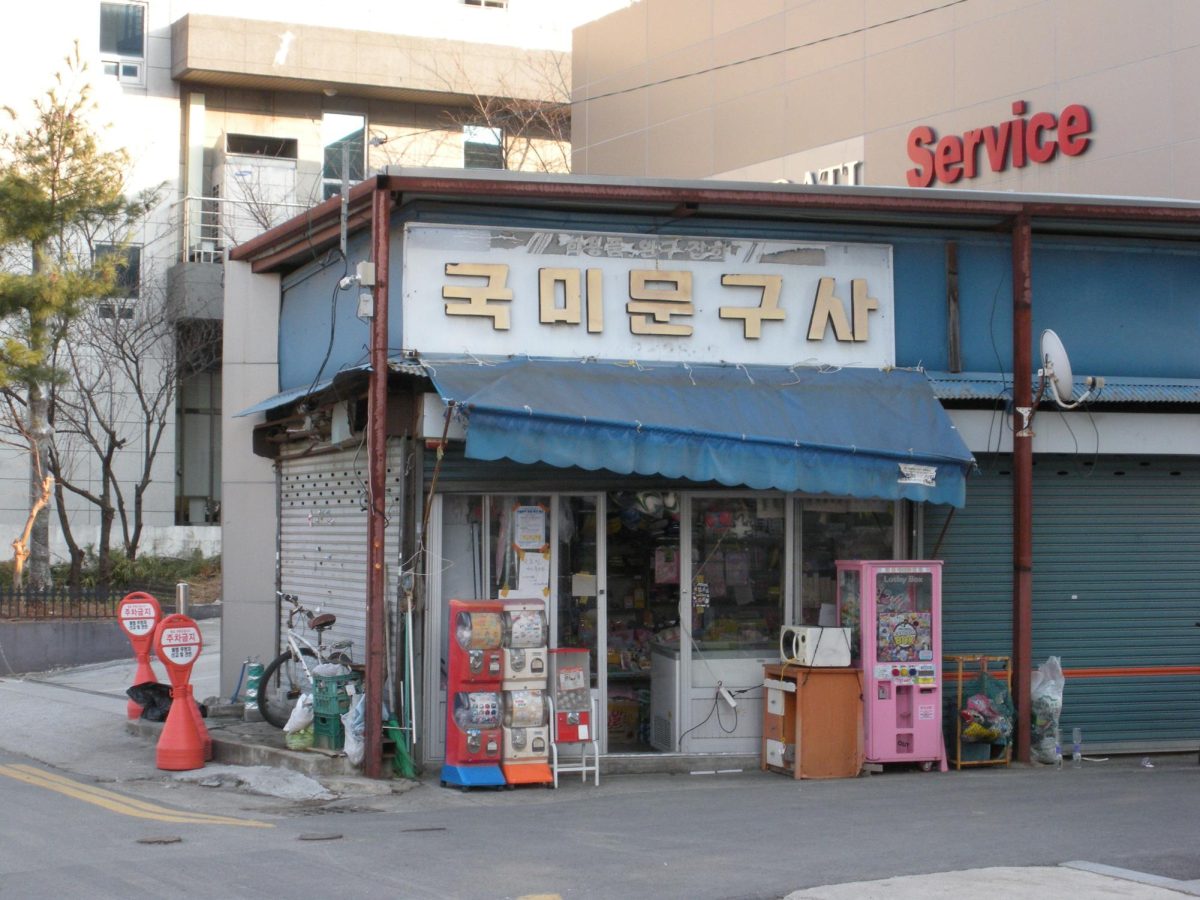

Arin • Jan 16, 2025 at 6:29 pm
I didn’t know decreased birth rate can cause a decline in munbangus. Thank you for the insight of what’s happening in Korea.
Volt • Jan 16, 2025 at 6:29 pm
It is soooooo retro. I feel so bad that many moonbanggus are closing due to the ice cream shops.
Eddy kim • Jan 16, 2025 at 6:28 pm
I used to go to mun bang gu when i was really little, and I would always buy that cola candy that came in little packs. relatable
Dana Lee • Jan 16, 2025 at 6:28 pm
This makes me think about the munbang-gu that was in front of my Korean school from when I was in first grade. It brings back all the short memories from me going to the munbang-gu and always getting scolded for buying weird, useless stuffs. This article is perfect for korean adults and elders.
henry lee • Jan 16, 2025 at 6:26 pm
i loved 문방구, but now they are kind of old and people don’t look for it often, especially after the new 24-hour snack shops without the person in charge.